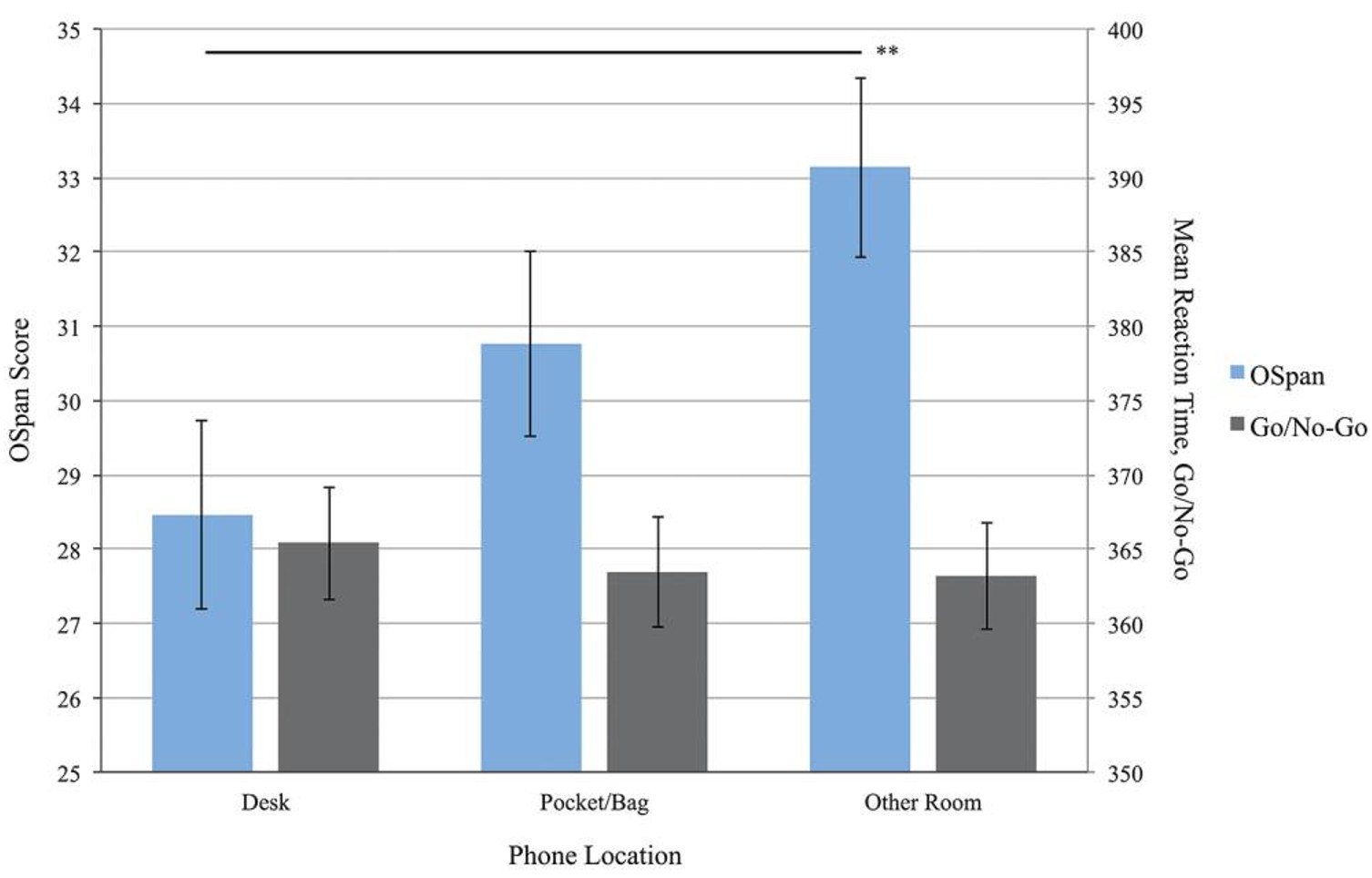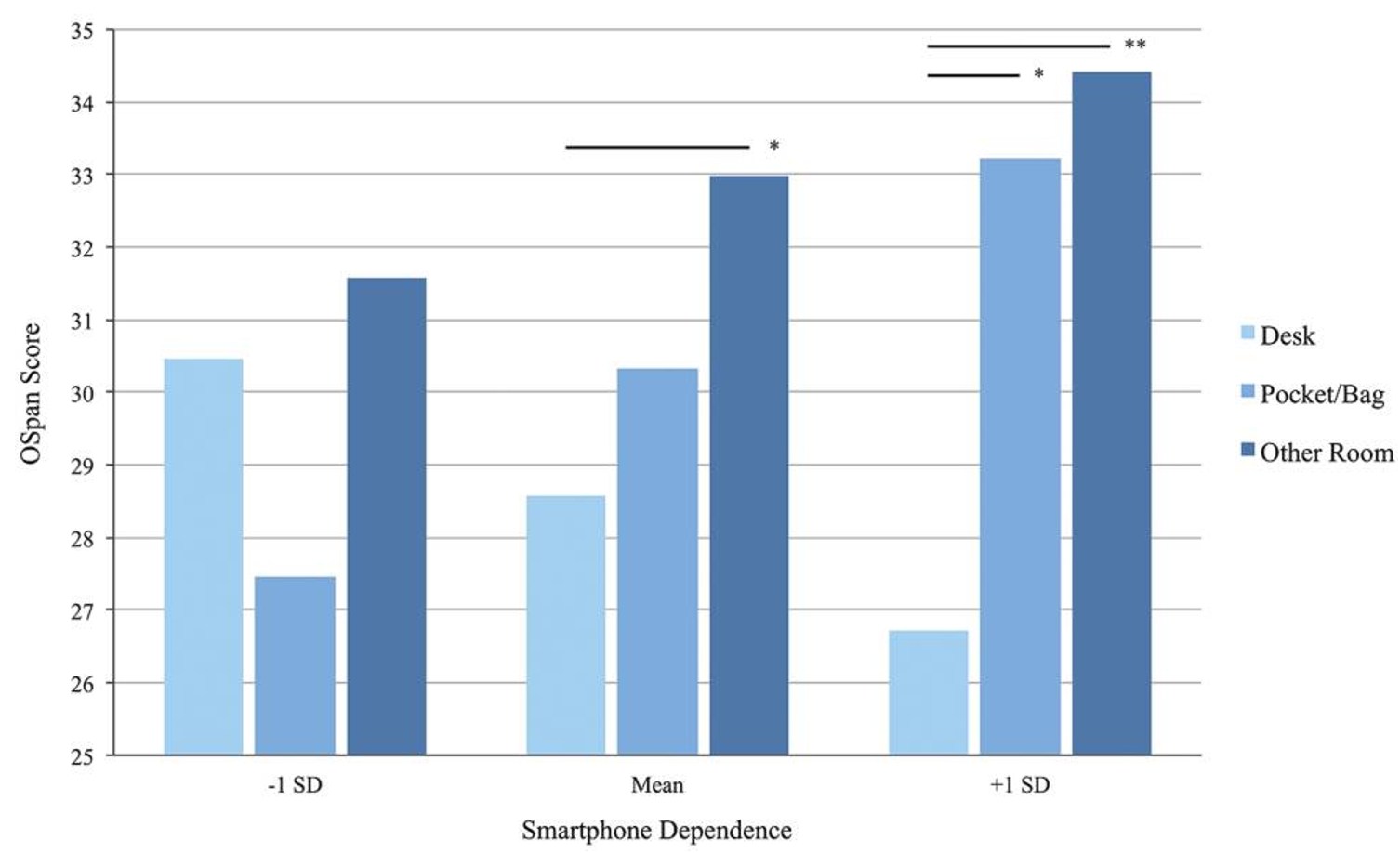Original paper
Brain Drain: The Mere Presence of One’s Own Smartphone Reduces Available Cognitive Capacity
Volume: 2, Issue: 2, Pages: 140 - 154
Published: Apr 1, 2017
Abstract
Previous articleNext article FreeBrain Drain: The Mere Presence of One’s Own Smartphone Reduces Available Cognitive CapacityAdrian F. Ward, Kristen Duke, Ayelet Gneezy, and Maarten W. BosAdrian F. Ward, Kristen Duke, Ayelet Gneezy, and Maarten W. BosPDFPDF PLUSAbstractFull TextSupplemental Material Add to favoritesDownload CitationTrack CitationsPermissionsReprints Share onFacebookTwitterLinked InRedditEmailQR Code SectionsMoreAbstractOur...
Figures & Tables

Figure 1. Experiment 1: effect of randomly assigned phone location condition on ...

Figure 2. Experiment 2: effect of randomly assigned phone location condition on ...

Figure 3. Experiment 2: estimated marginal means representing the effect of phon...
Paper Details
Title
Brain Drain: The Mere Presence of One’s Own Smartphone Reduces Available Cognitive Capacity
Published Date
Apr 1, 2017
Volume
2
Issue
2
Pages
140 - 154
TrendsPro
You’ll need to upgrade your plan to Pro
Looking to understand a paper’s academic impact over time?
- Scinapse’s Citation Trends graph enables the impact assessment of papers in adjacent fields.
- Assess paper quality within the same journal or volume, irrespective of the year or field, and track the changes in the attention a paper received over time.
Citation AnalysisPro
You’ll need to upgrade your plan to Pro
Looking to understand the true influence of a researcher’s work across journals & affiliations?
- Scinapse’s Top 10 Citation Journals & Affiliations graph reveals the quality and authenticity of citations received by a paper.
- Discover whether citations have been inflated due to self-citations, or if citations include institutional bias.